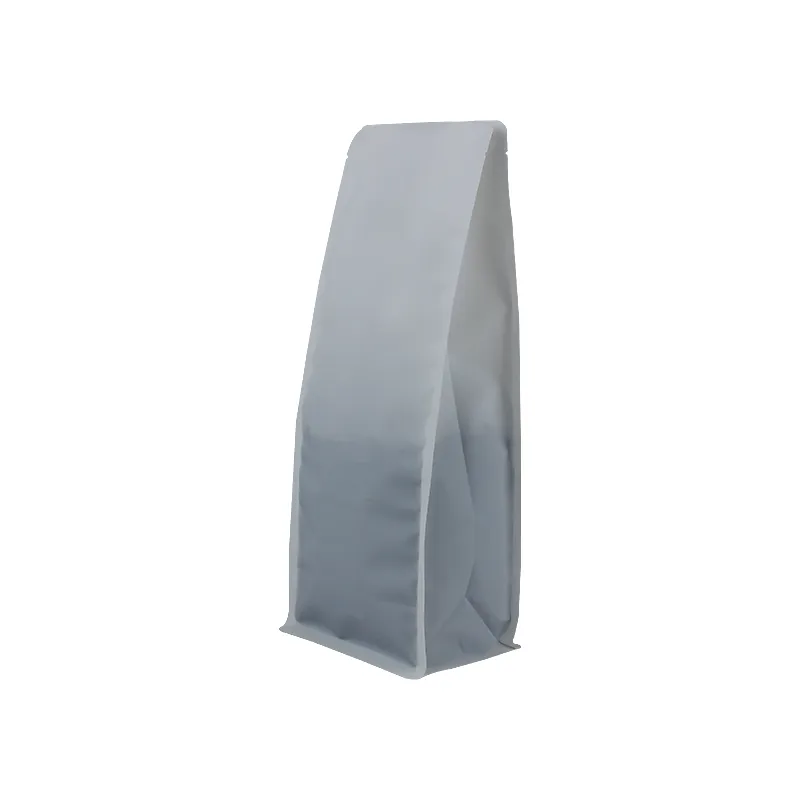- Afrikaans
- Albanian
- Amharic
- Arabic
- Armenian
- Azerbaijani
- Basque
- Belarusian
- Bengali
- Bosnian
- Bulgarian
- Catalan
- Cebuano
- chinese_simplified
- chinese_traditional
- Corsican
- Croatian
- Czech
- Danish
- Dutch
- English
- Esperanto
- Estonian
- Finnish
- French
- Frisian
- Galician
- Georgian
- German
- Greek
- Gujarati
- haitian_creole
- hausa
- hawaiian
- Hebrew
- Hindi
- Miao
- Hungarian
- Icelandic
- igbo
- Indonesian
- irish
- Italian
- Japanese
- Javanese
- Kannada
- kazakh
- Khmer
- Rwandese
- Korean
- Kurdish
- Kyrgyz
- Lao
- Latin
- Latvian
- Lithuanian
- Luxembourgish
- Macedonian
- Malgashi
- Malay
- Malayalam
- Maltese
- Maori
- Marathi
- Mongolian
- Myanmar
- Nepali
- Norwegian
- Norwegian
- Occitan
- Pashto
- Persian
- Polish
- Portuguese
- Punjabi
- Romanian
- Russian
- Samoan
- scottish-gaelic
- Serbian
- Sesotho
- Shona
- Sindhi
- Sinhala
- Slovak
- Slovenian
- Somali
- Spanish
- Sundanese
- Swahili
- Swedish
- Tagalog
- Tajik
- Tamil
- Tatar
- Telugu
- Thai
- Turkish
- Turkmen
- Ukrainian
- Urdu
- Uighur
- Uzbek
- Vietnamese
- Welsh
- Bantu
- Yiddish
- Yoruba
- Zulu
Exploring Innovative Packaging Ideas for Creative Perfume Presentation
The Art and Impact of Perfume Packaging
In the world of fragrances, scent is just one piece of the puzzle; the packaging plays an equally crucial role in attracting customers and enhancing the overall experience of the product. Perfume packaging combines aesthetics, functionality, and branding, making it an essential aspect of the fragrance industry. This article explores the importance of perfume packaging, its various elements, and the trends shaping this creative field.
The Importance of Packaging
Perfume packaging serves multiple purposes. First and foremost, it protects the fragrance from external factors that could degrade its quality, such as light, air, and temperature fluctuations. High-quality materials ensure that the perfume retains its intended scent profile over time. Moreover, the packaging is the first impression a consumer has of the fragrance. An eye-catching design can lure potential buyers, enticing them to pick up the bottle and discover the scent within.
Additionally, packaging communicates the brand’s identity and values. A luxury scent is often housed in an elegant, high-end bottle that reflects opulence, while a more casual fragrance may use vibrant colors and playful designs to appeal to a younger demographic. The way a product is packaged can evoke emotions and set expectations, influencing consumer behavior in significant ways.
Elements of Perfume Packaging
1. Bottle Design The shape and design of the bottle are critical components of perfume packaging. Designers often push the boundaries of creativity, producing bottles that are not only functional but also artistic. Unique shapes—such as abstract forms or nature-inspired designs—make the product stand out. For instance, the clear, geometric bottles of contemporary scents appeal to modern aesthetics, while vintage-style bottles might evoke a sense of nostalgia.
2. Materials The choice of materials also plays a vital role. Glass is the most common material used for perfume bottles, as it gives a sense of luxury and quality. However, brands are increasingly exploring sustainable alternatives, incorporating biodegradable materials or recycled content to appeal to environmentally conscious consumers. The use of eco-friendly packaging not only reduces waste but also enhances a brand’s image as responsible and forward-thinking.
perfumes packaging

3. Color and Graphics Colors and graphics on the packaging can convey a multitude of messages. For example, soft pastel tones might suggest freshness and femininity, while bold colors could signal intensity and confidence. Typography also plays a significant role—elegant scripts may invoke luxury, while modern fonts communicate simplicity and approachability.
4. Functional Aspects Beyond aesthetics, practical features such as spray mechanisms, caps, and dispensers, are essential in ensuring user satisfaction. A smooth sprayer can enhance the application experience, while a tightly sealing cap preserves the fragrance. Innovative designs, such as travel-friendly bottles, also cater to consumers' needs for portability and convenience.
Current Trends in Perfume Packaging
In recent years, there has been a noticeable shift towards sustainable and minimalist packaging design. As consumers become increasingly eco-conscious, brands are focusing on reducing their carbon footprint by utilizing sustainable materials and minimizing excess packaging. The minimalist trend is characterized by simple but elegant designs, allowing the fragrance itself to take center stage. This approach not only looks chic but often appeals to a demographic that values authenticity and clarity.
Another trend gaining momentum is personalization. Customized packaging, whether through bespoke bottles or personalized labels, allows consumers to have a unique connection with their fragrance. Personalization in packaging reflects broader societal trends towards individualism and self-expression, making fragrances more than just products, but expressions of identity and style.
Conclusion
In conclusion, the packaging of perfumes is a vital element that influences consumer perceptions and purchasing decisions. It combines aesthetic appeal with functional design, ensuring the protection of the fragrance while also communicating the brand’s identity. As trends evolve toward sustainability and personalization, the perfume industry continues to innovate in packaging design, proving that beauty truly lies in both the scent and its presentation.













